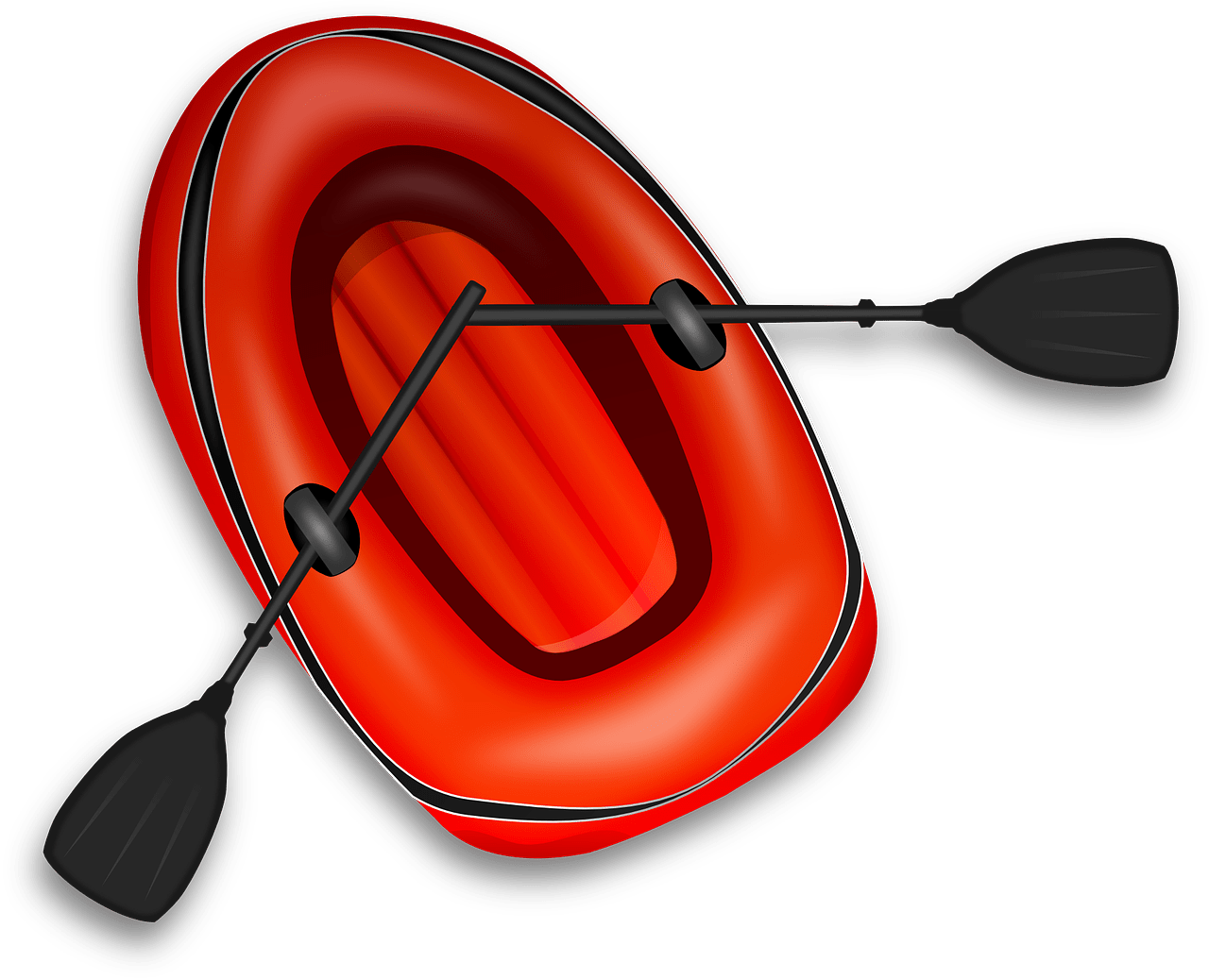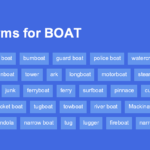What are the Precautions for Boating in Shallow Water?
Have you ever found yourself wanting to take your boat out for a spin in a shallow water body? If so, it is essential to be aware of the precautions you need to take to ensure a safe and enjoyable boating experience. Navigating shallow waters can be tricky, but with the right knowledge and precautions, you can navigate through smoothly. Let’s explore some crucial tips and precautions for boating in shallow water to make sure you stay safe and have a memorable time on the water.
Understanding Shallow Water
Before we dive into the precautions, let’s first understand what shallow water actually means. Shallow water refers to bodies of water that have a limited depth, making it easy to touch the bottom. These waters can be found in lakes, rivers, bays, or near coastal areas. Understanding the nature of shallow water and its potential hazards is the first step in ensuring a safe boating experience.
Precautions to Take Before Boating in Shallow Water
Checking the Water Depth
One of the most critical precautions to take before boating in shallow water is checking the water depth. Use a depth finder or sonar to determine the depth of the water body you plan to navigate. This will help you avoid running aground or damaging your boat’s hull. Before setting off, make sure you are familiar with the depth of the water to prevent any unwelcome surprises along the way.
Inspecting the Bottom Composition
Another important precaution is inspecting the bottom composition of the shallow water you intend to boat in. Rocky bottoms, sandbars, or submerged obstacles can pose a significant risk to your boat. Understanding the bottom composition will help you navigate safely and avoid any potential hazards. Taking the time to inspect the bottom composition can save you from costly damages to your boat and ensure a smooth boating experience.
Securing Important Gear and Equipment
Before heading out to shallow waters, make sure you secure all essential gear and equipment on your boat. This includes life jackets, navigation tools, first aid kits, and communication devices. In shallow waters, you may encounter unexpected challenges, so being prepared with the necessary gear can make a huge difference in case of an emergency. Securing your gear beforehand will not only keep you safe but also ensure that you are well-equipped to handle any situation that may arise.

Precautions While Boating in Shallow Water
Proceeding at a Safe Speed
When boating in shallow water, it is crucial to proceed at a safe speed. Operating at a slow speed will give you more time to react to any obstacles or changes in water depth. Additionally, it reduces the risk of striking the bottom or other objects submerged in the shallow waters. Maintaining a safe speed while boating in shallow water will help you navigate with confidence and avoid potential accidents.
Keeping a Lookout for Hazards
Always keep a sharp lookout for any hazards while boating in shallow waters. Look out for sandbars, rocks, logs, or any other obstacles that may be lurking beneath the water’s surface. Staying vigilant and observant will help you steer clear of danger and safely navigate through shallow water. Being aware of your surroundings and potential hazards is key to avoiding accidents and ensuring a smooth boating experience.
Following Navigation Rules and Guidelines
In shallow waters, it is crucial to follow navigation rules and guidelines to prevent accidents and maintain safety. Keep an eye out for buoys, markers, and other signage that indicate restricted areas or navigational hazards. Following these guidelines will help you stay on the right path and avoid straying into dangerous zones. Adhering to navigation rules and guidelines is essential for safe navigation in shallow waters and ensures a harmonious boating experience for all.
Reacting in Case of Grounding
Despite taking all necessary precautions, grounding can still occur while boating in shallow water. If you find yourself grounded, here are some steps you can take to safely navigate out of the situation:
- Remain Calm: Stay calm and avoid making sudden movements that could further aggravate the situation.
- Assess the Situation: Determine the extent of the grounding and whether any damage has occurred to the boat.
- Shift the Weight: If possible, redistribute weight on the boat to see if that helps dislodge it from the bottom.
- Use Manual Power: If the boat is stuck, try using manual power to rock it back and forth gently.
- Call for Assistance: If all else fails, call for assistance from a nearby boater or maritime service for help.
By following these steps, you can safely navigate out of a grounding situation and continue your boating adventure without any further disruptions.

Conclusion
Boating in shallow water can be a fun and exciting experience, but it also requires careful planning, awareness, and precautions to ensure safety. By understanding the nature of shallow water, taking necessary precautions, and following guidelines while boating, you can enjoy a smooth and memorable time on the water. Next time you head out to explore shallow waters, remember these precautions and tips to have a safe and enjoyable boating experience. Happy boating!





